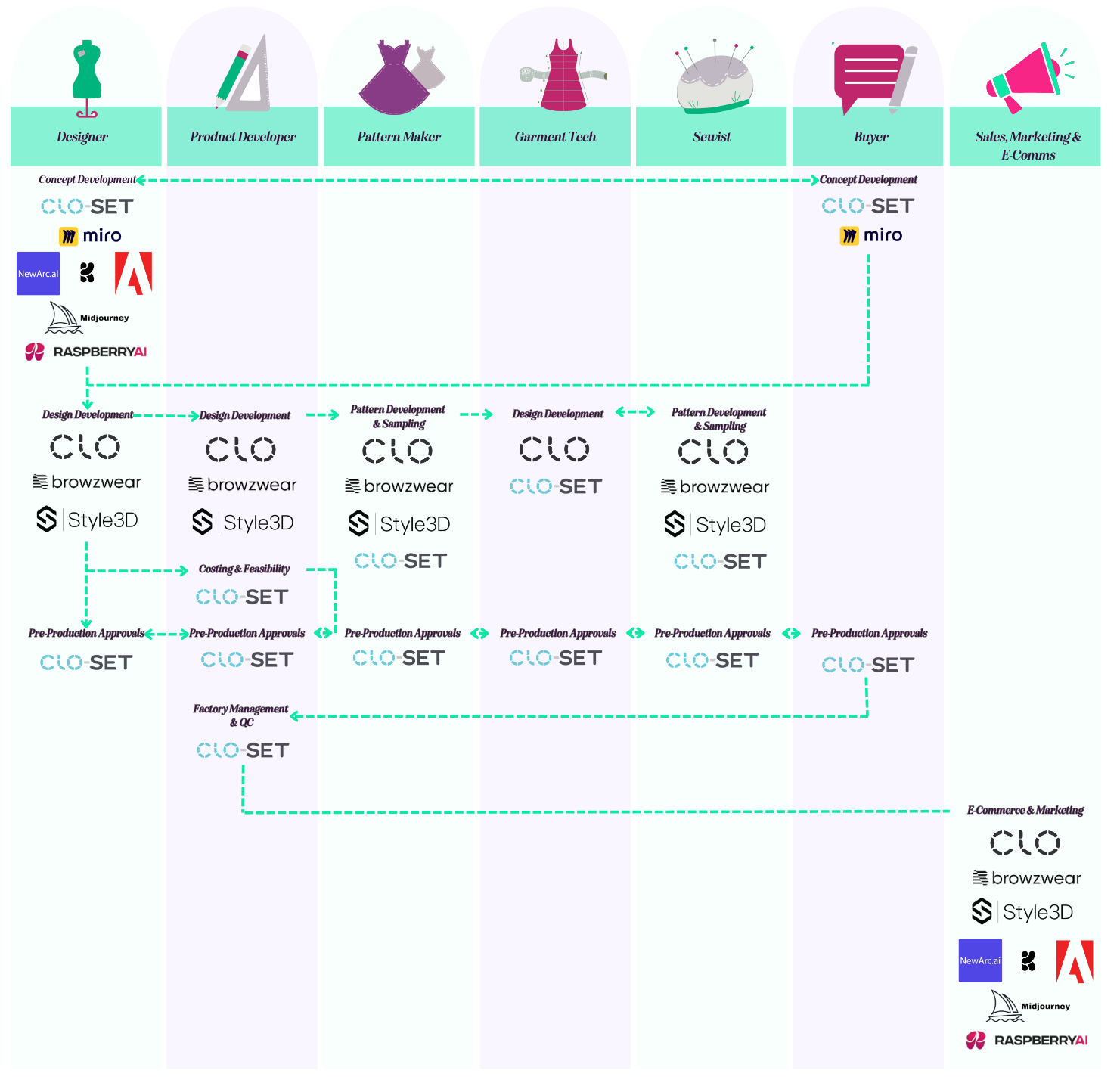
25/02/25
I’ve been seeing a lot of posts and discussions lately about AI and the fear of losing jobs and skills. I won’t lie…sometimes, I find myself caught up in that worry too. We are in the midst of a digital revolution unlike anything we have seen before, and change on this scale can feel overwhelming.
But the other day, while listening to my favourite podcast, The Diary of a CEO with Steven Bartlett the guest Daniel Priestley shared a story about the rise of technology that really stuck with me. It completely shifted the way I think about innovation, and I wanted to share it with you, along with my thoughts on why I believe this perspective is the one we should all embrace.
“Imagine two people racing in a marathon. One is running, putting in every ounce of effort, while the other is on a bicycle, effortlessly speeding ahead. Both are working hard, but one is leveraging technology while the other is not. It may seem unfair, but the truth is, we’ve seen this pattern before….through every major shift in history, from the Industrial Revolution to now.
Right now, we have two systems running in parallel. Those who embrace technology; adapting, learning, and evolving, are moving forward at an unprecedented pace. Meanwhile, others, still operating within outdated structures, are finding it harder to keep up, despite working just as hard. It’s a modern Tale of Two Cities: for some, it’s the best of times, full of opportunity and innovation, while for others, it feels like the worst of times, a constant struggle to stay afloat.”
The reality? AI and new technologies aren’t here to replace us, they are tools that can propel us forward, much like the bicycle in that race. The choice isn’t about whether change is coming (because it is), but whether we step onto the bike and start pedalling or continue running and risk being left behind.
As a fashion professional, I have embedded technology into my workflow for quite some time, leveraging innovative tools to enhance efficiency, creativity, and collaboration. Below, I’ve outlined key ways AI and digital solutions can support various stages of the fashion process, from concept development to e-commerce.
AI-powered text-to-image applications can serve as a valuable tool for generating initial design concepts, sparking new ideas, and expanding creative possibilities. These AI-generated visuals are not meant to replace traditional workflows but can enhance ideation, enabling designers to explore alternative perspectives and unconventional inspirations.
🔹 Incorporate personal inspiration images to refine AI-generated results and maintain a unique design aesthetic.Recommended Tools: New Arc AI, Krea AI, Raspberry AI, Adobe Suite (Illustrator, Photoshop, Firefly), MidJourney
Digital whiteboard platforms and cloud-based asset management systems allow for seamless collaboration, making it easier to share design ideas with stakeholders and teams.
Recommended Tools: CLO-SET, Miro, LucidSpark
3D fashion software brings designs to life, allowing designers to work with block patterns for accurate fit and construction. Adjustments can be made efficiently by modifying style lines, adding fullness, prints, and other details—without the need to draft patterns from scratch. While pattern-making knowledge is beneficial, these tools significantly streamline the process.
Recommended Tools: CLO3D, Browzwear, Style3D, Optitex
Digital tools simplify the approval process by enabling stakeholders to visualise garments in 3D, provide real-time feedback, and maintain accurate version control.
Recommended Tools: CLO-SET, Miro, LucidSpark
3D visualisation helps product developers better understand designers’ concepts, including fabric choices, trims, prints, and textures, leading to more efficient sourcing decisions. Additionally, fabric and trim selections can be tested in 3D before physical sampling.
Recommended Tools: CLO3D, Browzwear, Style3D, Optitex
By utilising 3D software, designers and developers can generate lay plans and initial costings while extracting key garment data, such as Bills of Materials (BOM), Points of Measure (POM), and imagery for technical documentation.
Recommended Tools: CLO3D, CLO-SET, Excel, Adobe Suite
3D visualisation enhances pattern development by allowing real-time construction and fit assessments before sampling. Designers can either create patterns directly in 3D software or import DXF files from their existing pattern-making tools. Advanced features, such as grading review in CLO3D, enable accurate fit assessments across sizes.
Recommended Tools: CLO3D, Browzwear, Style3D, Optitex, Gerber Accumark, Lectra Modaris, Vetigraph.
Garment technologists can export detailed tech packs, create precise 3D visuals for technical documentation, and generate essential specifications, such as BOM and POM.
Recommended Tools: CLO3D, CLO-SET
Digital toiles and prototypes allow real-time construction and fit evaluations, reducing the need for multiple physical samples. Adjustments can be made digitally before committing to production, minimising material waste and development time.
Recommended Tools: CLO3D, Browzwear, Style3D, Optitex
Digital whiteboards facilitate competitor analysis, enabling teams to collaborate on product trends, pricing, and range planning. CLO-SET’s line sheet functionality allows for seamless product reviews across colorways and categories.
Recommended Tools: Miro, LucidSpark, CLO-SET
Stakeholders can use cloud-based asset management systems to visualise designs in 3D, provide feedback, and track iterations efficiently.
Recommended Tools: CLO-SET, Miro, LucidSpark
3D and AI technologies can generate high-quality digital lookbooks, realistic product imagery, and AI-assisted visual assets to enhance brand storytelling and online merchandising. AI-powered tools can also generate backgrounds, prints, and scene compositions for marketing materials.Recommended Tools: New Arc AI, Krea AI, Raspberry AI, Adobe Suite (Illustrator, Photoshop, Firefly), MidJourney